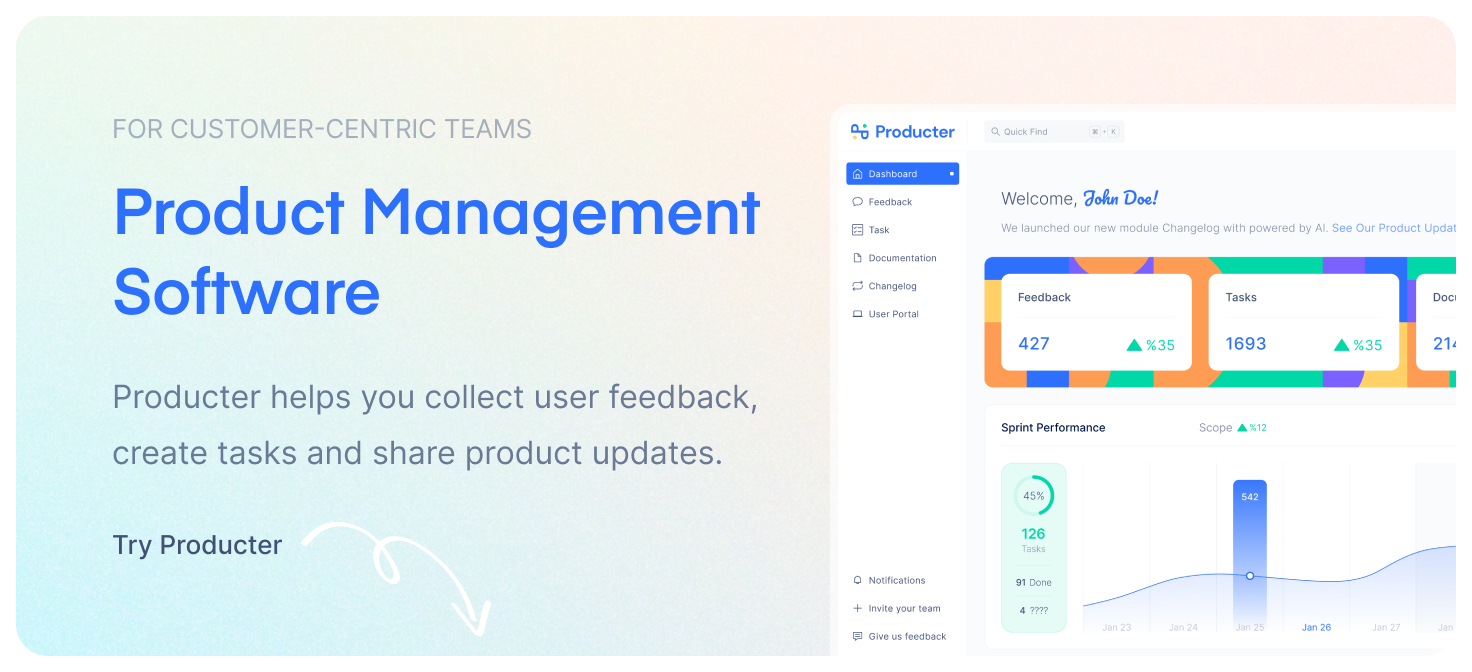User stories are an essential tool in product management, particularly in agile development processes. They are used to describe a piece of work that needs to be done and the value that it will bring to the user. Writing effective user stories is important because they help the development team understand the needs and goals of the product, and ensure that the right features are being built.
A Step-by-Step Guide to Write Perfect User Stories:
Identify the Story
Start by identifying who will be using the feature or functionality that you are developing. This is an important step because it helps you understand the needs and motivations of the user. For example, are you building a feature for a new customer, or for an existing customer? Are you building a feature for a casual user or a power user? Understanding the user will help you write a user story that accurately reflects their needs.

Determine the Goal of the User Story
Next, determine the goal or objective of the user story. What value will this work bring to the user? This is the most important part of the user story, as it describes the benefit that the user will receive from the work. The goal should be specific and measurable, and should describe the value that the user will receive in concrete terms.
Write the User Story
There are several templates that you can use to write user stories. A common template is: "As a [type of user], I want [some goal] so that [some reason]." This template describes the user, their goal, and the value that the work will bring. For example: "As a customer, I want to be able to search for products by category so that I can easily find what I'm looking for."
Break the User Story into smaller tasks
Once you have written the user story, it is important to break it down into smaller tasks that can be completed by the development team. These tasks should be actionable and specific, and should describe the work that needs to be done in detail. Breaking the user story down into smaller tasks helps the development team understand the scope of the work and makes it easier to estimate the time and resources required to complete it.
Estimate the Size of the User Story
It is important to have a rough idea of how much work is involved in completing a user story. This will help you prioritize your work and plan your sprints. You can use a tool like "story points" to estimate the size of the user story. Story points are a relative measure of the size of the user story, and are used to compare the relative complexity and effort required to complete it.
Write Acceptance Criteria
Acceptance criteria are the conditions that must be met in order for the user story to be considered complete. These should be specific and measurable, and should describe the conditions under which the user story will be considered done. Acceptance criteria help the development team understand what needs to be done in order to complete the user story, and provide a clear reference point for testing and validation.
Review and Revise the User Story
Once you have written the user story and defined the acceptance criteria, it is important to review and revise as needed. Make sure the user story is clear, concise, and easy to understand. It is also important to ensure that the user story is independent and can be completed in a single sprint. If the user story is too large or complex, it may be necessary to break it down into smaller, more manageable stories.

Four Templates to Write User Stories:
- "As a [type of user], I want [some goal] so that [some reason]." This template is a simple and effective way to describe the user, their goal, and the value that the work will bring.
- "I am a [type of user] who needs to [some goal] in order to [some reason]." This template puts the emphasis on the user and their needs, and why they need the feature or functionality that you are developing.
- "In order to [some reason], I need to [some goal]." This template focuses on the value that the work will bring, and why it is important to the user.
- "I want to [some goal] so that [some reason]." This template is similar to the first one, but omits the mention of the user. This can be useful if the user is implied or not relevant to the story.
You can use these templates as a starting point and customize them to fit your specific needs. The important thing is to make sure that your user stories are clear, concise, and easy to understand.
TL;DR
In conclusion, user stories are a valuable tool for product management and agile development. They help teams understand the needs and goals of the product, and ensure that the right features are being built. Writing effective user stories involves identifying the user, determining the goal or value of the work, breaking the user story into smaller tasks, estimating the size of the work, and defining acceptance criteria.
It is also important to review and revise user stories as needed to ensure that they are clear, concise, and independent. By following these steps, teams can effectively use user stories to guide their product development efforts and deliver value to users.
Producter is a product management tool designed to become customer-driven.
It helps you collect feedback, manage tasks, sharing product updates, creating product docs, and tracking roadmap.






